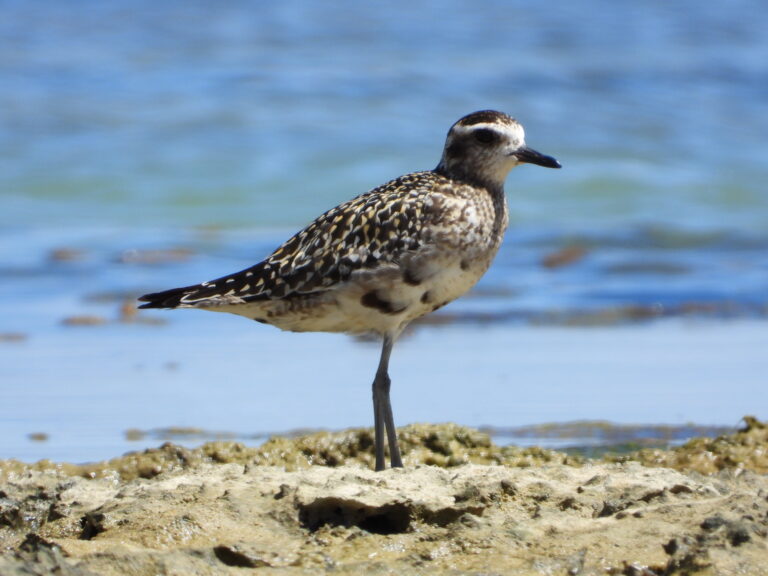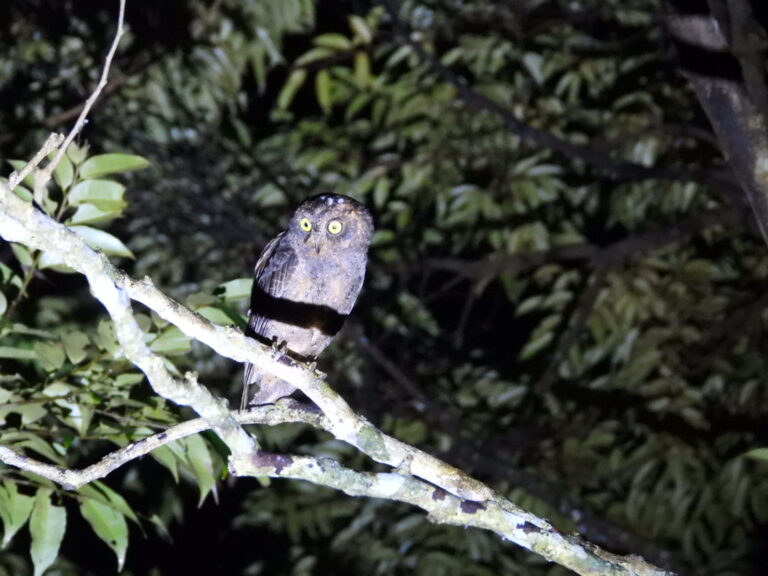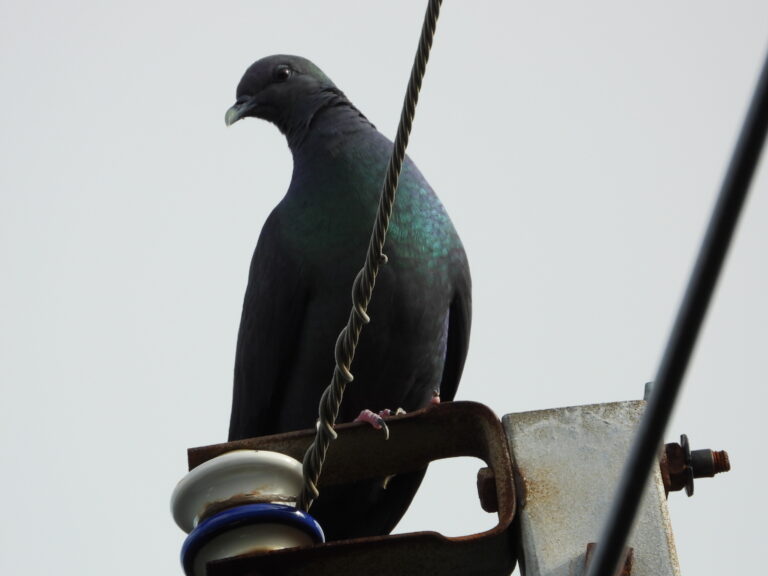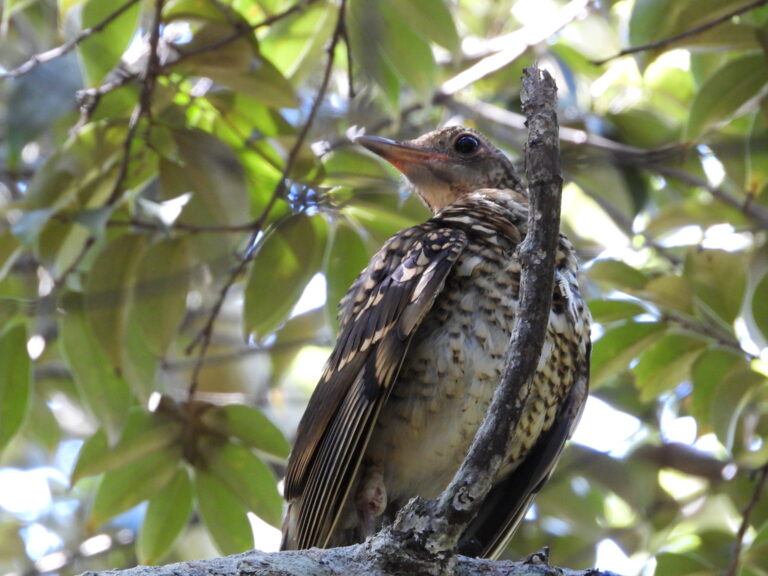Blog
Blog Amami Ōshima
-

Pacific golden plover
Ōse Beach is a prime observation point in Amami. Located just a five-minute drive from the airport, it's an excellent spot to visit immediately upon arrival to see birds. During the spring and autumn migration periods, numerous sandpipers and plovers can be observed. Perhaps because people were gathering shellfish that day, when I hid behind the rocks, the Pacific golden plover came quite close to me. In Amami, several dozen individuals overwinter, but on Honshū they are most commonly seen in spring rice fields. While flocks exceeding several hundred birds were once observed, flocks of several dozen seem more common recently.
- Amami Ōshima
- Birds
-

Ryukyu scops owl
Driving along the roads of Amami Ōshima at night, you can hear the calls of the Ryukyu Scops Owl, “Kohok, Kohok”, coming from the roadside. It is a small owl, about 20cm long, rather plain in appearance, but with striking yellow irises and a rather endearing face. The mainland Scops Owl, which calls “Boo, Poo, So”, is a migratory bird staying from spring to autumn, whereas the Ryukyu Scops Owl, distributed south of Amami Ōshima, is a resident bird present year-round. Once considered a regional subspecies of the Eurasian Scops Owl, it is now treated as a separate species. Furthermore, recent…
- Amami Ōshima
- Birds
-

Lidth’s jay
The Lidth's jay, once hunted for its feathers used in women's hats, has seen its numbers decline in recent years due to habitat destruction and predation by feral cats and mongooses. It is an endemic species to Japan, found only on Amami Ōshima and the neighbouring islands of Kakeroma and Uke. However, its population now appears to be recovering, and it can be spotted along roadsides and in residential gardens. Their distinctive, guttural “ja-ja” call often alerts one to their presence. At night, they are frequently seen roosting on power lines along forest roads. As a bird emblematic of Amami, products bearing…
- Amami Ōshima
- Birds
-

Black wood pigeon
The Black wood Pigeon, named “Karasubato (Crow Pigeon)” in Japanese for its entirely raven-black plumage, is a large forest-dwelling pigeon inhabiting remote islands including Amami Ōshima. Though its call is often heard, it is a highly wary bird, making sightings rare. However, sightings become more frequent around September; at Nagumo Pass, home to Amami Wild Bird Forest, three individuals were observed simultaneously along power lines. Though uniformly black in appearance due to the light, its body displays a striking glossy green from the neck to the chest. True to its French name “Pigeon violet” (purple pigeon), it bears a reddish-purple…
- Amami Ōshima
- Birds
-

Amami thrush
The Amami Thrush, which together with the Amami Rabbit and others was a plaintiff against the construction of the golf course in Amami Ōshima and for the right to nature. A phantom bird thatI cannot watch since my first visit to Amami Ōshima 20 years ago. It differs from White's thrush of the mainland in the number of tail feathers and its call, and is now considered to be a separate species because of progress in amino acid and nucleotide sequence analysis. When I was walking through the Amami Wild Bird Forest square, I heard a loud noise of something…
- Amami Ōshima
- Birds
